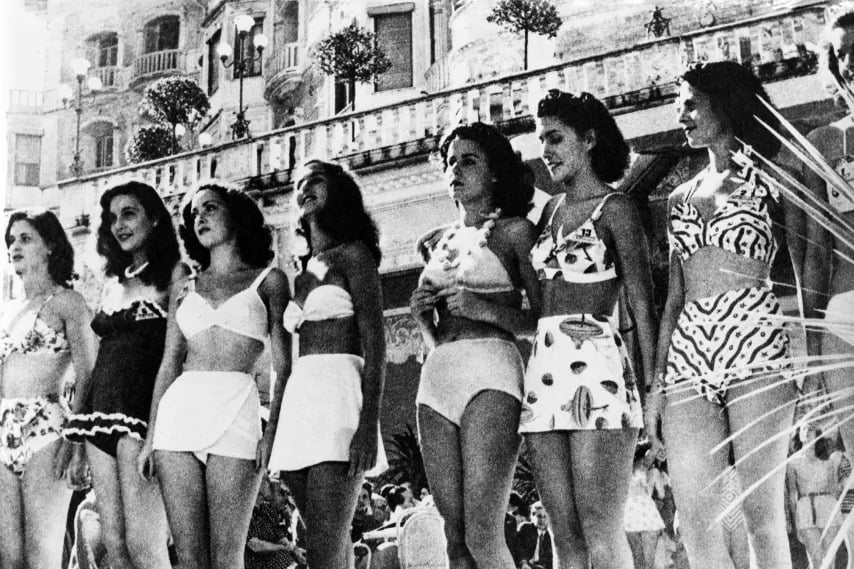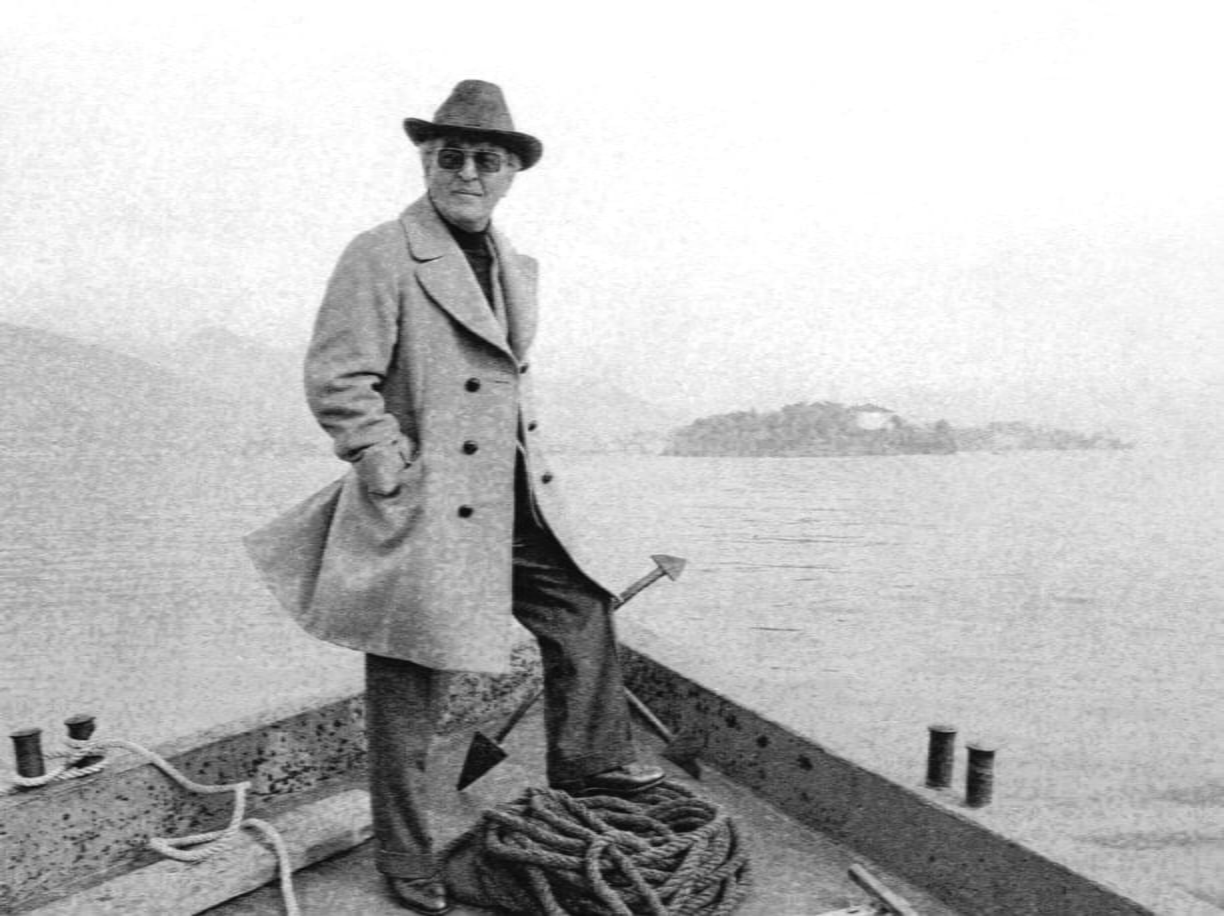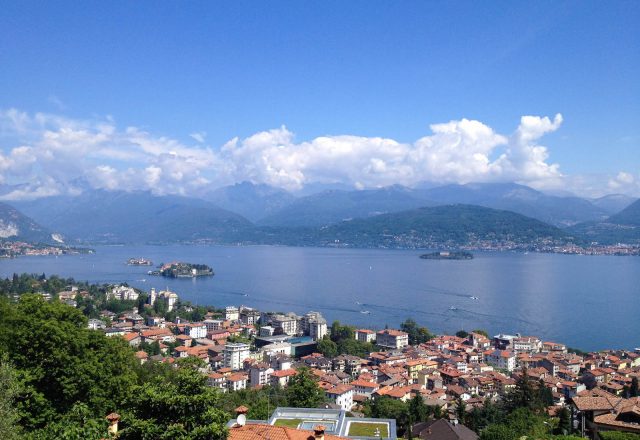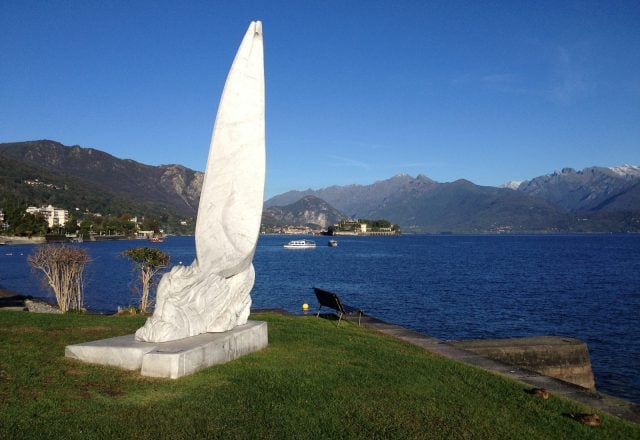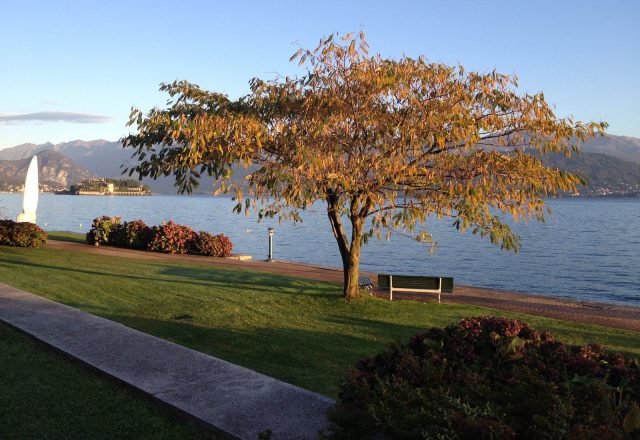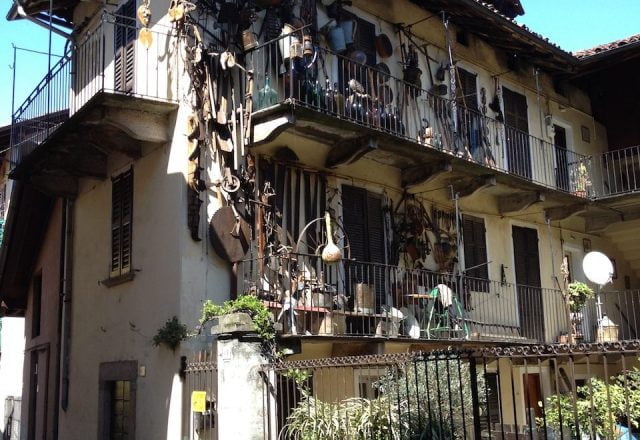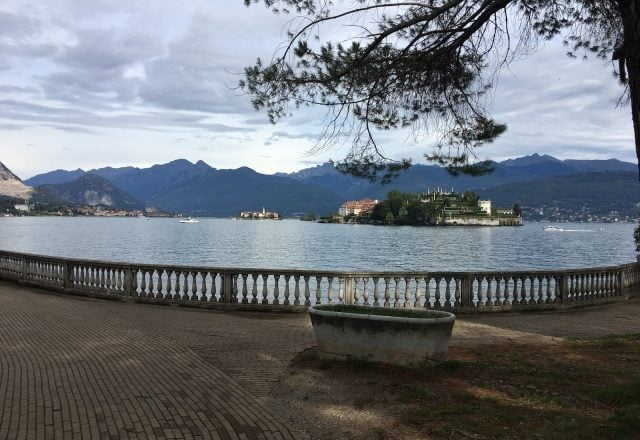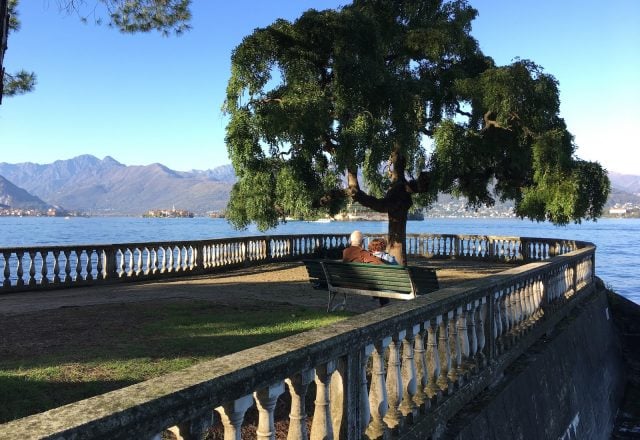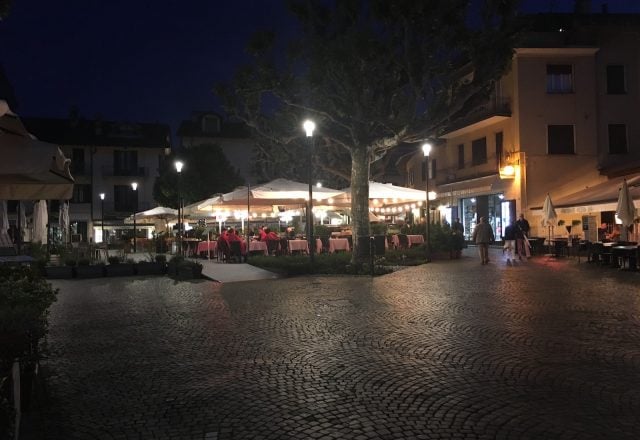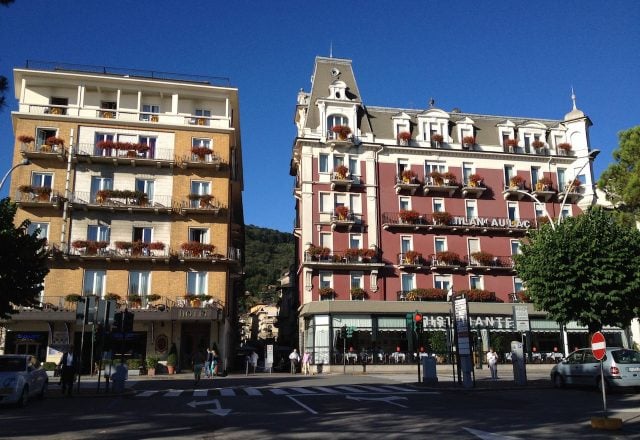Stresa
Stresa, a famous town on the shores of Lake Maggiore, is situated at 200 meters above sea level in the province of Verbano Cusio Ossola (VB) and has a population of about 5.000 inhabitants. Internationally renowned, Stresa is also called the "Pearl of Lake Maggiore". Its favourable position, on the slopes of Mottarone and in front of the Borromean Gulf, a gulf that takes its name from the Borromean Islands: Isola Bella, Isola Pescatori and Isola Madre, which are considered one of the main tourist destinations in Italy, attracts millions of people across the region from all over the world. The Borromean Islands form with their palaces and gardens an unforgettable chromatic vision for all history and nature lovers. The boarding point to reach them is in Piazza Marconi “Imbarcadero”, convenient parking lot located in front of the church dedicated to SS Ambrogio and Theodulo and the hotels, where our "Borromean Islands Navigation Company" has its main boarding and will have the pleasure to accompany you. Stresa, due to its lakefront, is the ideal place for a charming and pleasant stroll, where you can see Art Nouveau hotels with lakeside gardens among rhododendron plants, palm trees, hydrangeas and camellias and enjoy a moment of relaxation without giving up the marvellous view when having an aperitif or snack in the flanking structures. If you want to deepen your culture, be sure to visit the International Rosminian Studies Centre in the former eighteenth-century Villa Ducale, where Antonio Rosmini spent the last five years of his life. Inside you will find the Library, which is currently made up of about 100,000 volumes and 300 current periodicals. The archive, in addition to the preservation of everything related to Rosmini and the Rosminian world, contains documents that involve a great part of the life during the nineteenth and twentieth century in Italy. The Rosminian Museum recounts with relics, the life and work of Antonio Rosmini and the Institute he founded.
Continuing along the lakefront or inside the animated streets by locals and tourists, you can do shopping of all kind, ranging from big brands to simple memories, visit the Friday market, taste the typical dessert of Stresa “le Margheritine”, enjoy wines of our territory in famous wine bars and discover in complete peace, the pleasure of eating in restaurants, located along the streets or on small squares.
Stresa is the ideal place to spend an extraordinary stay dedicated to relaxation, culture and entertainment, where international events are held throughout the year to attract tourists, celebrities and lovers from all over the world.
The town of Stresa is small but no less fascinating. Let yourself be surprised by its atmosphere, made up of squares and streets swarming with tourists. Overlooking Lake Maggiore, it is surrounded by hills with green woods that invite trekking lovers to follow the paths which give you a fascinating perspective of the lake.
Historical background
Miss Italia
Stresa in Piedmont is the first venue that awarded the Miss Italia title.
The arrival of the forty misses representing every region, were followed by journalists, photographers, film operators and onlookers, during their walks along the lakefront and to the Borromean Islands.
They stayed for a week in the exclusive environment of the Grand Hotel Des Iles Borromées and the Regina Palace. The jury was composed of famous names such as the journalist Arrigo Benedetti, the directors Vittorio De Sica and Lucchino Visconti, the painter Carra, and then Macario, Isa Miranda, Cesare Zavattini, and Villani himself. Official photographer of the event was Alfredo Paulon.
Rossana Martini was awarded the title of Miss Italia and Silvana Pampanini was second classified.
In 1947 arrived Lucia Bosè, Gina Lollobrigida, Gianna Maria Canale and Eleonora Rossi Drago: it was the golden year of the competition by Dino Villani, Enzo and Patrizia Mirigliani.
The competition remained in Stresa till 1949 and then it returned in 1958.
Books
Hemingway, Nobel prize for literature in 1954, was born in 1898 and visited Lake Maggiore, above all Stresa, when he was 19 years old.
He came from Milan, where he had been admitted to a hospital due to a wound on the war front.
Hemingway had been sent to Europe and participated in the Great War as a correspondent and reporter for the American newspaper "Kansas City Star". One day, tired of living in the rear, managed to drive the ambulances of the Italian Red Cross on the front-line of fire. However, he was seriously injured on the night of 8th July 1918 in the bend of the Piave in Buso Burato di Fossalta, struck by shrapnel caused by the explosion of an Austrian bomb and was forced to be hospitalized in Milan.
The great writer fell in love with the English nurse who was looking after him and together they fled to Lake Maggiore in Stresa, occupying a room at the already famous Regina Palace Hotel. It was "room 106", known as presidential, which since then has been booked by illustrious guests, politicians, great entrepreneurs, royalty.
Witnesses of the time said that Hemingway often played billiards in the nearby Borromées Hotel and then, together with his girlfriend, also took a ride on the yellow train of the Stresa-Mottarone railway, to admire the beautiful view of the seven lakes from the summit. Young Ernest also liked fishing chub and perch in the clean waters of the Maggiore. He also tried to enter the nearby Switzerland, sailing a small boat with the help of a hotel bartender. But the escape wasn't realised. The reason for that gesture was that the young writer was hunted by the Italian military authorities for desertion. Hemingway returned to Lake Maggiore in 1948 when he signed the book of honour at the hotel Des Iles Borromées, writing in his own hand “an old client”. The Italian events inspired the first of his famous novels "A Farewell to Arms" and it was published in 1929. The story of love and war takes place before, during and after the twelfth battle in Isonzo. Hemingway returned to Italy again and was enchanted even in front of Lake Orta. He "had a thing" for the Italian lakes and hotels.
A Farewell to Arms • Ernest Hemingway
Piero Chiara Italian writer of the first half of the 20th century.
In the afternoon of a summer day in 1946, I arrived at the rudder of a large sailing boat in the port of Oggebbio, on Lake Maggiore. The wind which during the good season rises every day from the Lombard plain and covers the lake for its entire length had pushed me, between 12 am. and 18.00 pm, no further up than that small lake town, where I decided to stay overnight. Thus begins The Bishop's Room, the novel Piero Chiara wrote in 1976. He called it his only psychological novel, as melancholic as the lake. The homonymous film was made from the book, set on Lake Maggiore and directed by Dino Risi.
The bishop's room • Piero Chiara
Typical Dessert

175 g di farina 00
75 g di fecola
75 g di zucchero a velo
150 g di burro a temperatura ambiente
1/2 cucchiaino di vaniglia naturale
1 pizzico piccolo di sale
5 tuorli sodi
1 limone
zucchero a velo per spolverare

